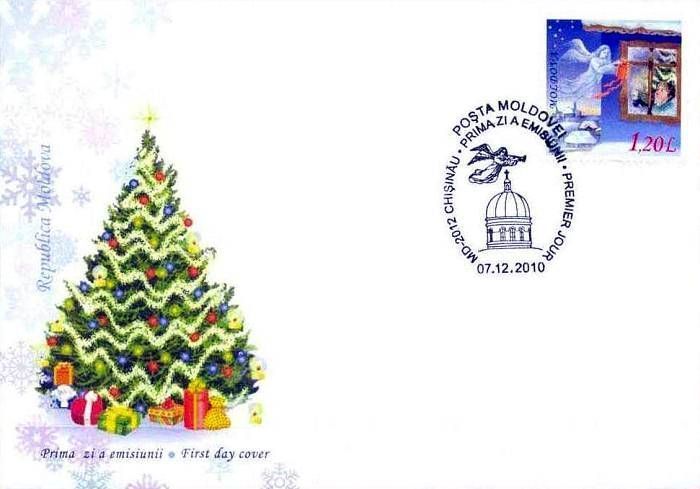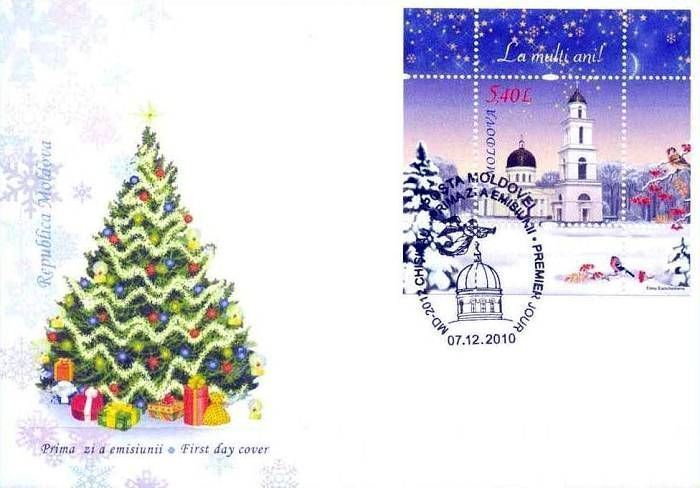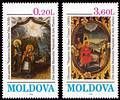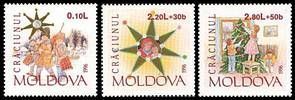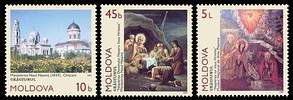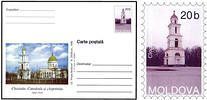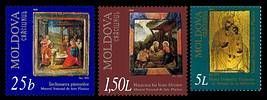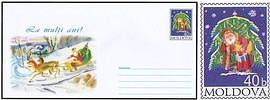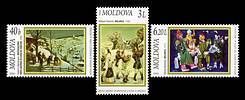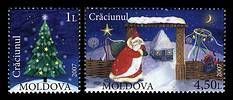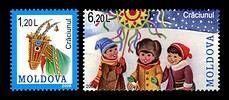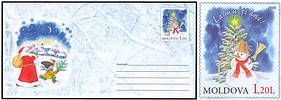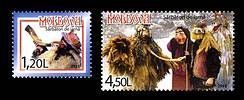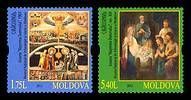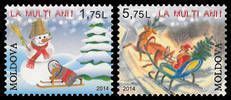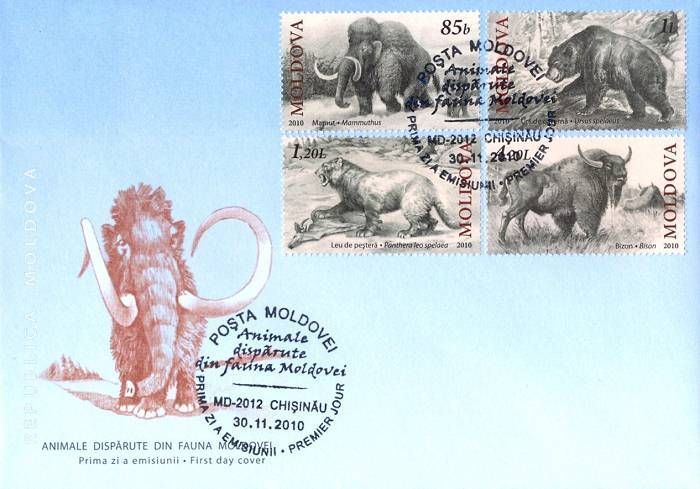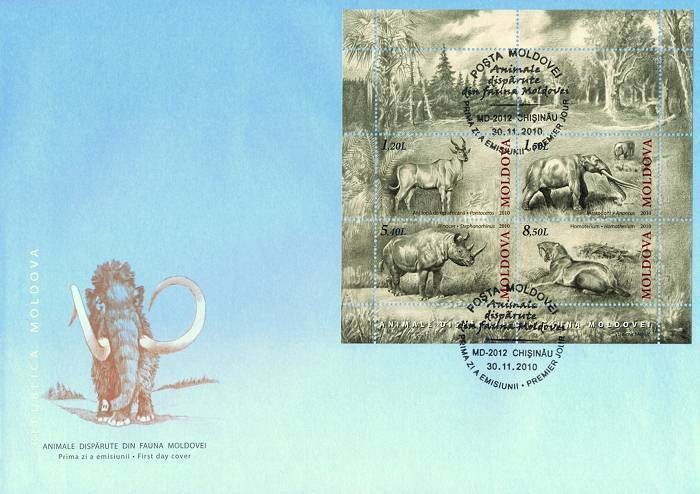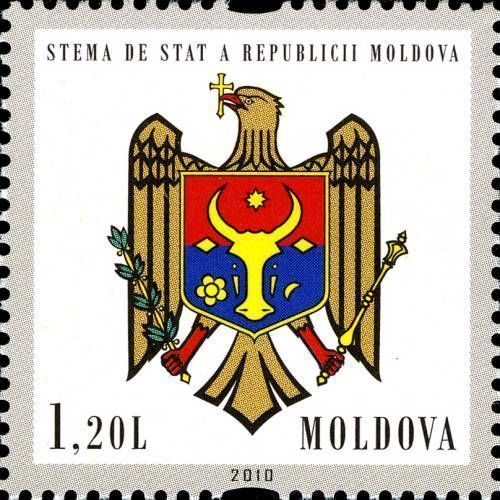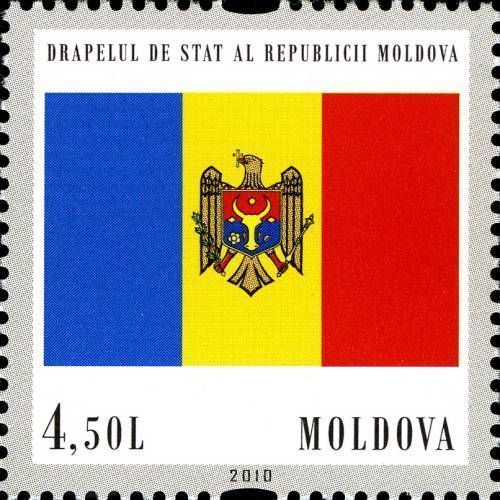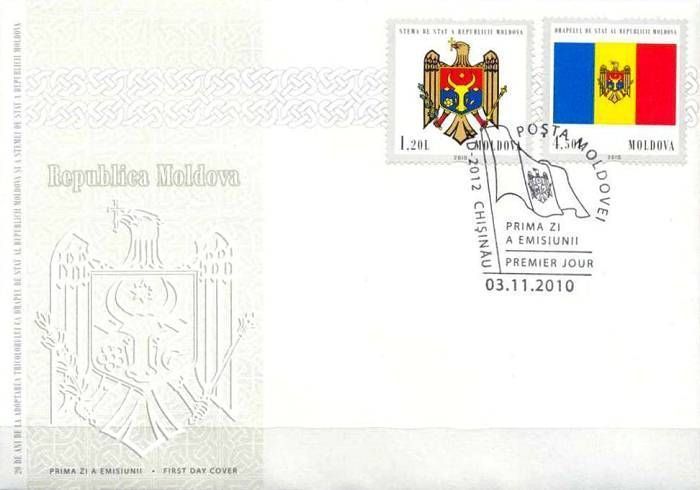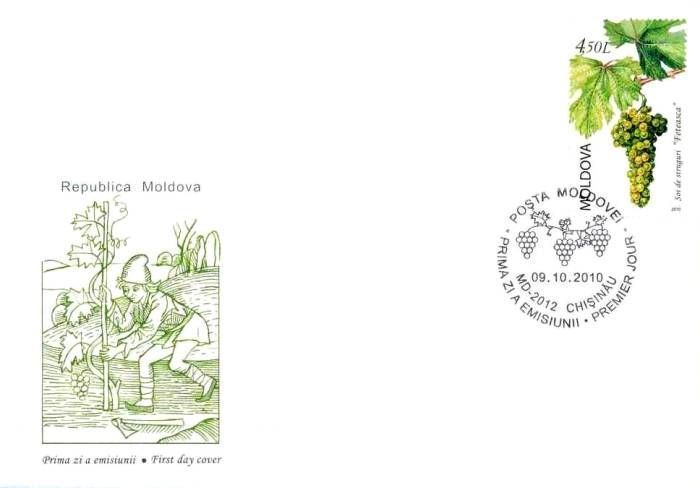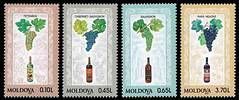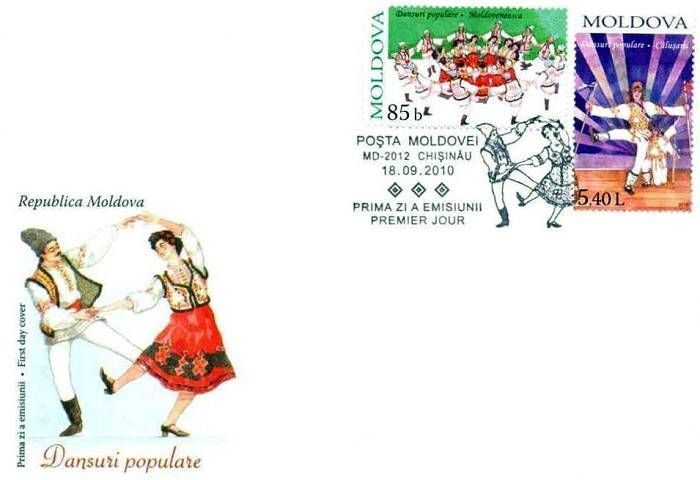POSTAGE STAMPS
|
|
Mammoth
- Michel Catalogue No: 719
- Perforation Type/Size: Comb 14:14.50
- Size: 46.00 x 27.50 mm
- Face Value: 0.85 Lei
- Quantity Printed: 200,000
|
A mammoth is any species of the extinct genus Mammuthus, proboscideans commonly equipped with long, curved tusks and, in northern species, a covering of long hair. They lived from the Pliocene epoch (from around 5 million years ago) into the Holocene at about 4,500 years ago in Africa, Europe, Asia, and North America. They were members of the family Elephantidae which contains, along with mammoths, the two genera of modern elephants and their ancestors. Read more..
This article uses material from the Wikipedia article 'Mammoth', which is released under the Creative Commons Attribution-Share-Alike License 3.0. |
| |
|
Cave Bear
- Michel Catalogue No: 720
- Perforation Type/Size: Comb 14:14.50
- Size: 46.00 x 27.50 mm
- Face Value: 1 Lei
- Quantity Printed: 150,000
|
The cave bear (Ursus spelaeus) was a species of bear that lived in Europe during the Pleistocene and became extinct at the beginning of the Last Glacial Maximum, about 27,500 years ago. Both the name 'cave' and the scientific name spelaeus derive from the fact that fossils of this species were mostly found in caves, indicating this species spent more time in caves than the brown bear, which only uses caves for hibernation. Consequently, in the course of time, whole layers of bones, almost entire skeletons, were found in many caves. Read more..
This article uses material from the Wikipedia article 'Cave_bear', which is released under the Creative Commons Attribution-Share-Alike License 3.0. |
| |
|
Cave Lion
- Michel Catalogue No: 721
- Perforation Type/Size: Comb 14:14.50
- Size: 46.00 x 27.50 mm
- Face Value: 1.2 Lei
- Quantity Printed: 100,000
|
Panthera leo spelaea, commonly known as the European or Eurasian cave lion, is an extinct subspecies of lion. It is known from fossils and many examples of prehistoric art. Read more..
This article uses material from the Wikipedia article 'Panthera_leo_spelaea', which is released under the Creative Commons Attribution-Share-Alike License 3.0. |
| |
|
African Antelope (Pontoceros Ambiguus)
- Michel Catalogue No: 723
- Perforation Type/Size: Comb 14:14.50
- Size: 46.00 x 27.50 mm
- Face Value: 1.2 Lei
- Quantity Printed: 20,000
|
|
| |
|
Anancus
- Michel Catalogue No: 724
- Perforation Type/Size: Comb 14:14.50
- Size: 46.00 x 27.50 mm
- Face Value: 1.5 Lei
- Quantity Printed: 20,000
|
Anancus is an extinct genus of gomphothere endemic to Africa, Europe, and Asia, that lived during the Turolian age of the late Miocene until the genus' extinction during the early Pleistocene, roughly from 3—1.5 million years ago. Read more..
This article uses material from the Wikipedia article 'Anancus', which is released under the Creative Commons Attribution-Share-Alike License 3.0. |
| |
|
Bison
- Michel Catalogue No: 722
- Perforation Type/Size: Comb 14:14.50
- Size: 46.00 x 27.50 mm
- Face Value: 4.2 Lei
- Quantity Printed: 50,000
|
The European bison (Bison bonasus), also known as wisent (/ˈviːzənt/ or /ˈwiːzənt/) or the European wood bison, is a Eurasian species of bison. It is one of two extant species of bison, alongside the American bison. European bison were hunted to extinction in the wild, with the last wild animals being shot in the Białowieża Forest (on the Poland-Belarus border) in 1919 and in the North-Western Caucasus in 1927. They have since been reintroduced from captivity into several countries in Europe, all descendants of the Białowieża or lowland European bison. They are now forest-dwelling. They have few predators (besides humans), with only scattered reports from the 19th century of wolf and bear predation. European bison were first scientifically described by Carolus Linnaeus in 1758. Some later descriptions treat the European bison as conspecific with the American bison. It is not to be confused with the aurochs, the extinct ancestor of domestic cattle. Read more..
This article uses material from the Wikipedia article 'European_bison', which is released under the Creative Commons Attribution-Share-Alike License 3.0. |
| |
|
Rhinoceros (Stephanorhinus)
- Michel Catalogue No: 725
- Perforation Type/Size: Comb 14:14.50
- Size: 46.00 x 27.50 mm
- Face Value: 5.4 Lei
- Quantity Printed: 20,000
|
Stephanorhinus is an extinct genus of rhinoceros native to northern Eurasia that lived during the Lower to Early Late Pleistocene epoch. It had two horns and was a relatively large rhino. It weighed over 3,000 kg (6,613 lbs) and measured about 1.80 – 2 m tall and 3.20 – 4 m in length, having a size similar to a white rhino. Read more..
This article uses material from the Wikipedia article 'Stephanorhinus', which is released under the Creative Commons Attribution-Share-Alike License 3.0. |
| |
|
Sabre-Toothed Cat (Homotherium)
- Michel Catalogue No: 726
- Perforation Type/Size: Comb 14:14.50
- Size: 46.00 x 27.50 mm
- Face Value: 8.5 Lei
- Quantity Printed: 20,000
|
Homotherium is an extinct genus of machairodontine saber-toothed cats, often termed scimitar-toothed cats, that ranged from North America, South America, Eurasia, and Africa during the Pliocene and Pleistocene epochs (5 mya–10,000 years ago), existing for approximately 5 million years. Read more..
This article uses material from the Wikipedia article 'Homotherium', which is released under the Creative Commons Attribution-Share-Alike License 3.0. |
| |


